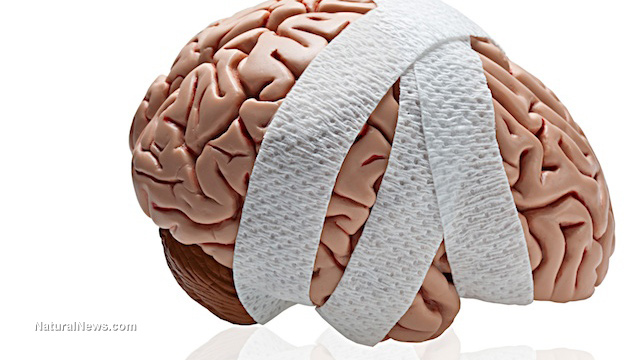 (NaturalNews) Nearly 60 percent of all U.S. adults are now taking prescription drugs, according to a study conducted by researchers from Harvard University and published in the Journal of the American Medical Association. The number rose from 51 percent in 1999 to 59 percent in 2011.
(NaturalNews) Nearly 60 percent of all U.S. adults are now taking prescription drugs, according to a study conducted by researchers from Harvard University and published in the Journal of the American Medical Association. The number rose from 51 percent in 1999 to 59 percent in 2011.
The number of people taking numerous prescription drugs also increased during that period. In 1999, “only” 8.2 percent of adults were taking five or more prescription drugs at once. Now, 15 percent are.
“This is particularly notable among older adults 65 and older,” said lead researcher Elizabeth Kantor. She noted that among adults in this age group, 39 percent now take five or more prescription drugs at the same time.
The figures come from nationwide surveys of more than 37,000 adults.
Top-used drugs: Brain-damaging statins
The rise in prescription drug use cannot be fully explained by an aging population, Kantor said. Instead, she suggested that rising obesity rates might be largely to blame. More than two-thirds of the U.S. population is now considered overweight or obese.
The most widely prescribed drugs are those related to obesity: cholesterol-lowering statins are the most widely prescribed, followed by blood pressure drugs.
Yet, other studies have confirmed that in spite of ballooning obesity rates, statins are wildly overused. Because of their strong ability to lower blood levels of cholesterol, statins were immediately hailed as a miracle drug by the medical establishment. In the decades since their adoption, the threshold for statin prescription has been steadily lowered. In fact, in July 2014, the United Kingdom’s new statin use guidelines were so broad that if applied, they would put 40 percent of British adults on the drugs.
Notably, studies are now showing that while they do lower cholesterol, statins do not actually lower the risk of dying from heart-related disease. Some studies have suggested that the drugs might actually raise the risk of heart disease.
According to a study published in the Expert Review of Clinical Pharmacology earlier this year, the benefits of statins have been dramatically exaggerated, and their risks downplayed. The drugs have “failed to substantially improve cardiovascular outcomes [and] the adverse effects suffered by people taking statins are more common than reported in the media and at medical conferences. Increased rates of cancer, cataracts, diabetes, cognitive impairments and musculoskeletal disorders more than offset the modest cardiovascular benefits of statin treatment,” the researchers wrote.
The inclusion of “cognitive impairment” on this list is not a minor point. Indeed, between 2004 and 2014, more than 36,000 cases of brain dysfunction were reported to the FDA’s Adverse Events Database in regards to statin use. These included confusion, depression, disorientation, transient cases of global amnesia, paranoia, memory impairment and dementia. And no wonder: the body’s highest concentrations of cholesterol are found in the brain.
Other drugs also widely misused
The other top drugs in the U.S. are also notorious for their overuse: antidepressants and proton pump inhibitors. According to a 2010 meta-analysis in the Journal of the American Medical Association, antidepressants do not outperform placebos, and are significantly less effective at alleviating depression than talk therapy. At the same time, many of them actually increase a patient’s risk of suicide.
Proton pump inhibitors, which are meant for the treatment of severe gastroesophageal reflux disease (GERD), are instead widely prescribed for simple acid reflux. According to a 2010 study in the Archives of Internal Medicine, between 59 and 63 percent of PPI prescriptions are inappropriate.
The researchers found that only one class of prescription drug became less popular since 1999: female hormone replacement therapy, which has been conclusively shown to increase women’s risk of cancer, heart disease and early death.
Learn more: http://www.naturalnews.com/052077_statin_drugs_brain_damage_cholesterol_medications.html#ixzz3sXjaoHzb
